Marsh phenology I’ve started collecting data on the timing of…
Saturday, June 1st, 2013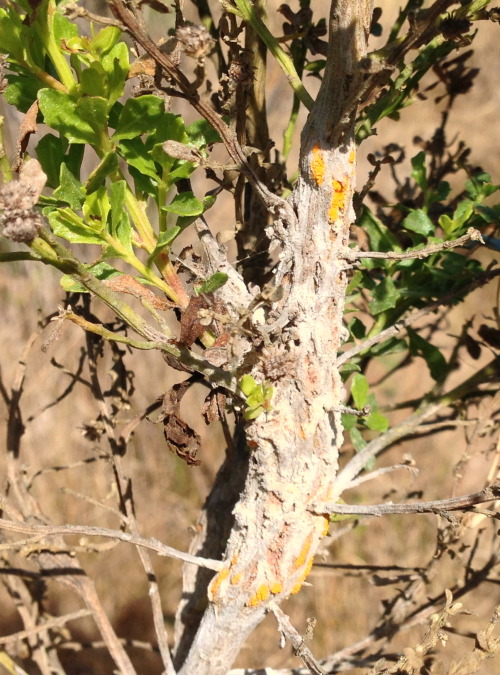

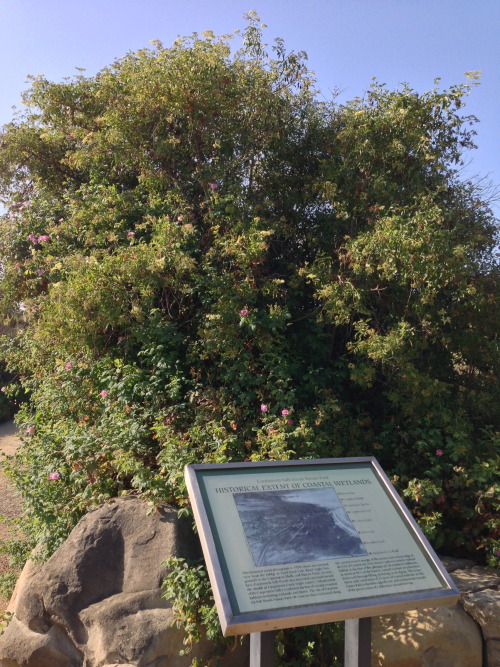
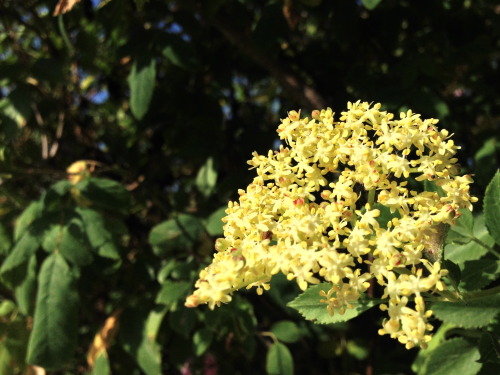
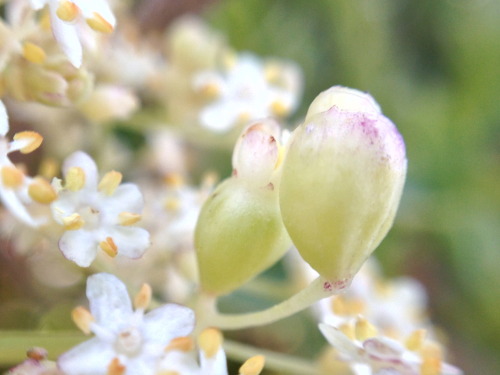
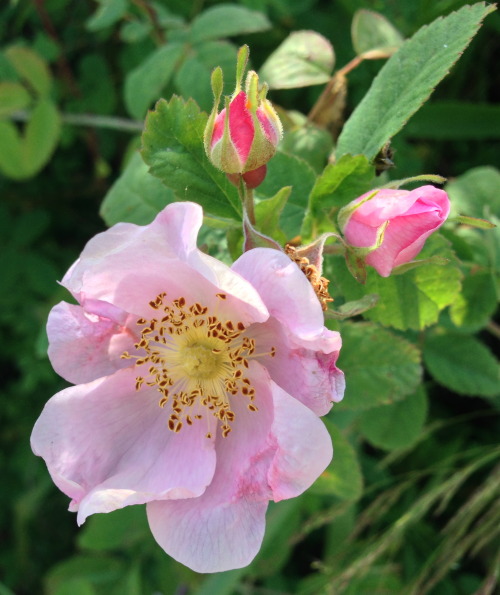

Marsh phenology
I’ve started collecting data on the timing of events in the lives of various plants at the marsh. I submit the data online as part of the California Phenology Project, which itself is part of the National Phenology Network. I’ve selected 10 individual plants of 3 species, and now I watch them to see when they leaf, flower, drop their fruit, etc.
Six of the 10 plants are coyote brush (Baccharis pilularis). I chose so many of them because I want to increase the chances that I end up with data from at least two plants of each sex, and I can’t tell the males from the females until they flower in the fall. Also, I just like them best.
The two coyote brush images above are not of one of my six phenology plants, but of another one nearby that has an interesting gall, a thickening of the plant’s stem caused by a fungus called Puccinia evadens. A few weeks ago I posted a picture of a “witch’s broom” produced by P. evadens, but that gall was old and dried out. The images above show an active gall, with lengthwise cracks filled with bright orange fungal spores.
The next row shows three images of my second species, blue elderberry (Sambucus nigra). The big plant in the first image, behind the interpretive sign, is the one I’ve labeled “blue elderberry 1” for data-collection purposes, and the second image is a spray of its flowers. The third image is a close up of blue elderberry 2, showing both flowers and some developing fruit.
The third species I’m monitoring is Rosa californica. The last row shows some of California rose 2’s flowers, as well as a close up of the rust fungus I wrote about previously, which grows on the underside of rose leaves and causes them to bend back on themselves.
I guess I’m turning into Egon from Ghostbusters, with his thing for spores, molds, and fungus. Can I help it if they’re cool?
Reposted from http://lies.tumblr.com/post/51888878506.
